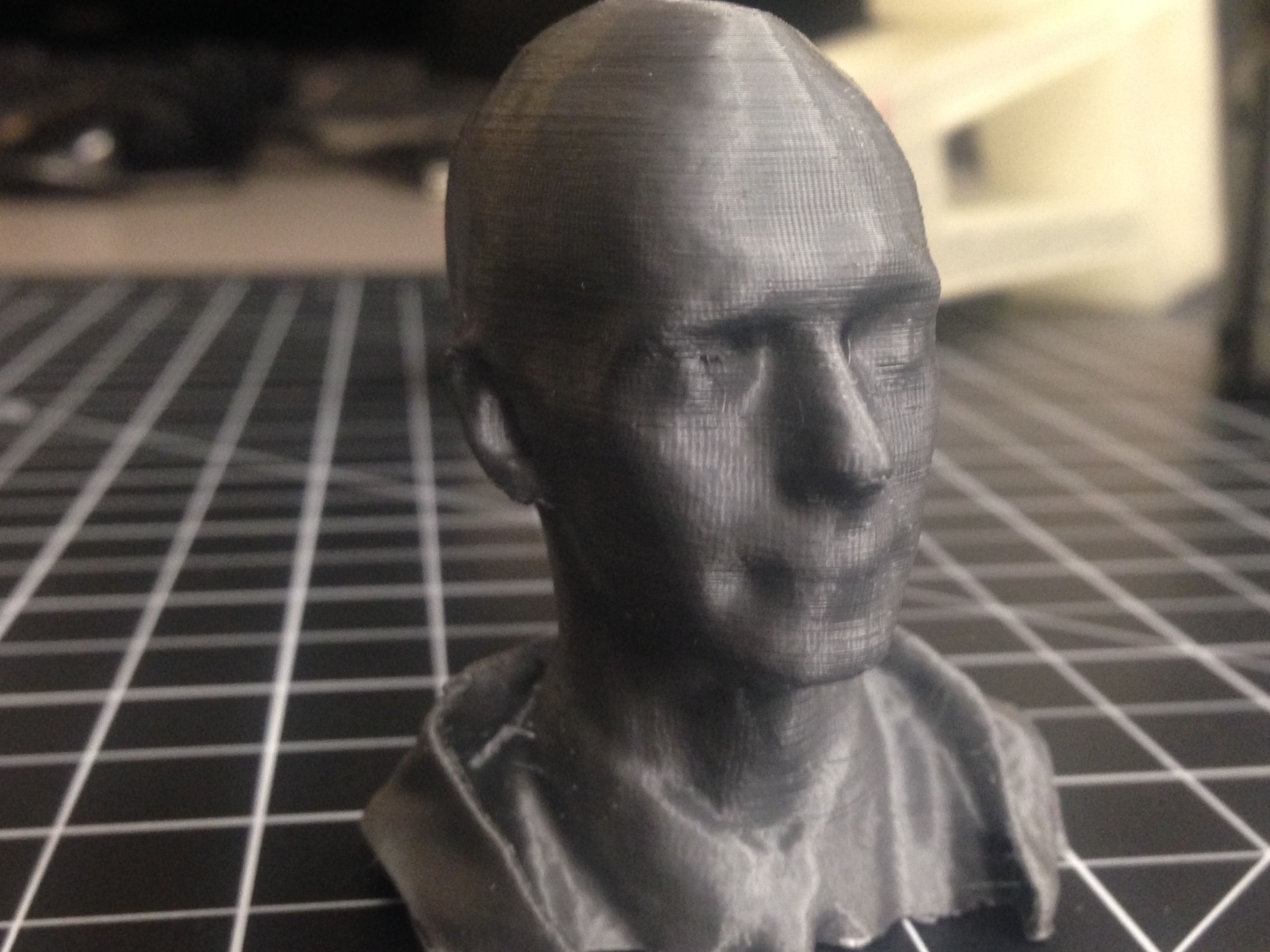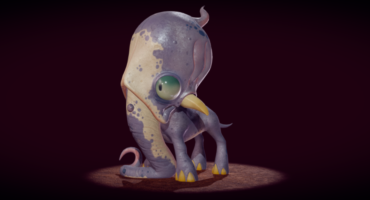Somerset Community College takes a moment to chat about the influence of 3D scanning, printing, and VR and how their 3D Printing and Additive Manufacturing Program impressed visiting film actor Doug Jones!
What are your hope and goals for the future of the 3D Printing and Additive Manufacturing Program?
Our overall goal is pretty simple, we want 3D printing and additive manufacturing applications integrated in every industry and business model, not only within our immediate region, but also within our state and beyond. Granted it is a lofty mandate, but we are pretty tenacious and driven by the fact that the data doesn’t lie. There is significant money to be made and innovations to be developed within every field, from agriculture to consumer goods production, all facilitated by having access to additive technology and the skills to use it. We have already developed several case studies that demonstrate these facts, and are working on expanding that research as far as we can.
And surprisingly, we have found that case studies are the best forms of advertisements. The more business owners and entrepreneurs review our case studies and see what others in similar fields are already doing with the technology, the more they will consider additive integration for themselves. Thus, the more impact our program will have by providing the skills, training, and experience that they will need for that integration.
Our case study and research materials can viewed from our program webpage, just click on the big blue button in the middle of the page.
What did your team and Doug Jones discuss?
We discussed the wide variety of 3D printing applications across a broad spectrum of industries, everything from biomedical to footwear. We also talked about its uses within his unique field, specifically with props, set design, and costuming. Although he knew a little about the technology, he was very surprised at how low cost it had become to operate and that virtually anyone can use the technology now.
And he was fascinated with one of our biomedical examples, the 3D printed version of one of our student’s MRI scan, specifically her spine and lower skull.
It was also fun to have Doug fill out and autograph one of our research exit surveys regarding the technology and his experience in our lab. As a great deal of our work is being funded by the National Science Foundation’s ATE program, his survey will make an excellent addition to our grant documentation, and look great once it is framed and hanging on our lab wall. 
How does 3D scanning enable your objective to showcase additive and pioneer technical training development?
Oh, our scanning equipment and processes are worth their weight in gold. Nothing grabs folks’ attention and interest like a 3D printed Selfie. And now having scanned Doug and added him to our “Shelf of Selfies” it will be even more of a conversation starter. He did comment that he was often scanned for production and merchandising applications, but that those systems were very large setups with numerous cameras, the fact that we could reasonably do it with merely a small consumer device was very surprising to him.

We also apply our scanning technology to more conventional applications such as reverse-engineering and part modification. Likewise, the facial and body data we collect even while doing 3D Selfies has numerous biomedical applications, such as custom casts, and potentially even facial reconstruction if ever needed.
https://sketchfab.com/models/f6b0d0081bb440b2b9efd290e45d283b
Likewise, we train our students to understand that although scanning and 3D modeling is great, communication with others is what creates real traction. So we include the use of Sketchfab toward that end as a regular part of their coursework, as it provides an easy way for them to communicate their scans and models with collaborators in a simple format that doesn’t require the recipient to know very much about scanning and 3D modeling software. And as a golden rule of any process, the easier it is to communicate, the faster and smoother a project will move.
What do you see as the merging point of VR, 3D scanning, and 3D printing?
Well, Virtually Reality already has huge and obvious applications in the education and gaming industries because it is already just so immersive and customizable at this point. For example, during Doug’s visit we let him try out an underwater immersive VR experience, and apparently it was his first time with VR of this nature, you can watch our video of him trying it out on our Facebook. And we had just as much fun as he did by watching him experience it!
But we see VR training on equipment, working environments, safety, and procedures to be a huge boon for every business out there. Especially when 3D scanning is now so accessible. It requires very little effort for someone to scan an object or room for integration within a VR training module, the real challenge is of course the actual coding and making the application work, but that will get easier with time. Plus, with the numerous developments of 3D modeling and manipulation software for VR platforms, the 3D printing models actually created in a VR environment will only get better.
Therefore, we see the merger point of the three technologies being the ability to design within the system and then of course 3D print the solution. For example, it could be unique architectural furniture, custom designed within the scanned VR environment of someone’s home or office, giving the designer the full sense of scale, form, and function. Or perhaps designing a medical implant while standing within a VR of someone’s MRI. Maybe even designing a component for a tractor’s transmission, while virtually standing inside the transmission.
It is one thing for engineers, architects, and designers to sit at a desk and 3D model a part or concept to solve a problem based off of notes, measurements, and still images. But it will be a completely different experience for them to virtually exist and design within the system that their concept will one day inhabit.
Where can people find you?
Our Facebook account.
Our college webpage which has a link (the blue button) to our research, brochures, and video presentations.





